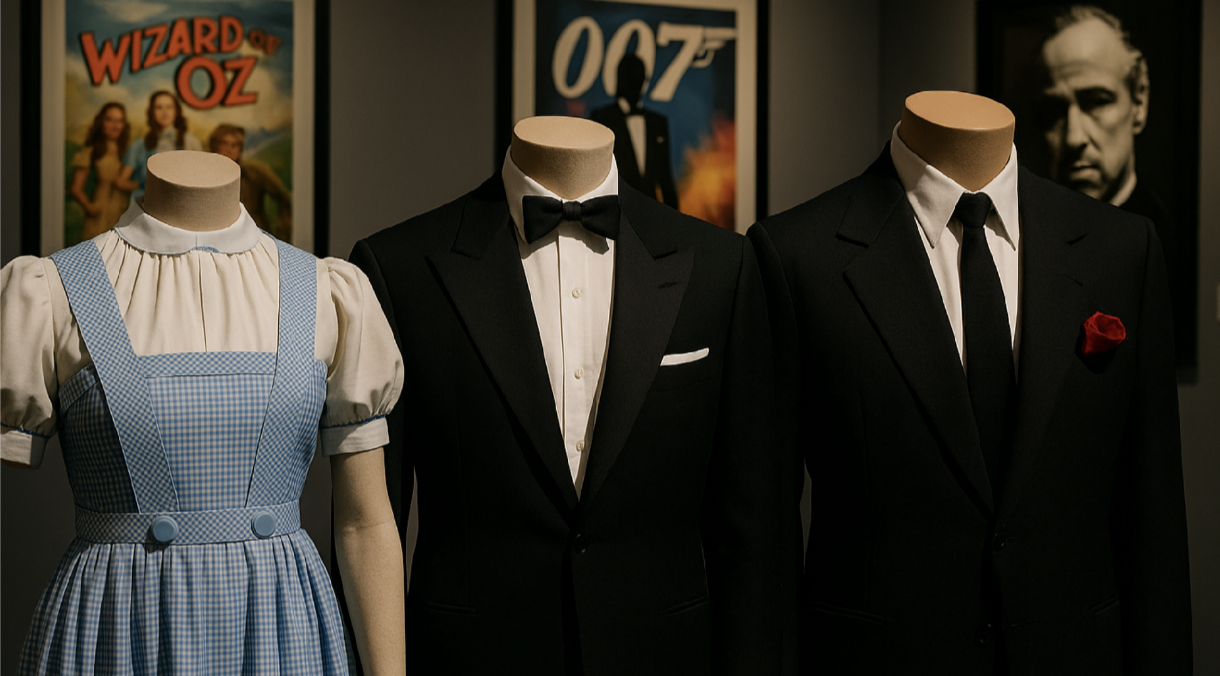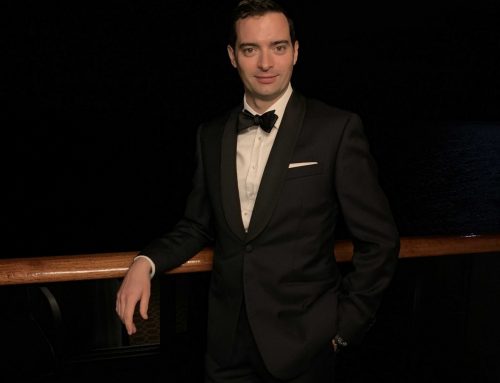If there’s one thing films seem to get right, at least when they hit their stride, it’s how much the clothes actually do for a character. At this strange crossroads, where how someone looks on screen meets who they’re supposed to be, costume design quietly pulls a lot of strings. People might not remember the exact plot, but images like Marilyn Monroe’s floating white dress or Jack Sparrow messing about in layers of worn pirate coats? Those stick. It’s hard to say costumes are just a background detail.

Some might even argue that they carry as much narrative weight as the script or the performance itself. Harper’s Bazaar, in fact, pointed out that more than a dozen on-screen outfits from the last hundred years didn’t just live in the cinematic world; instead, they seemed to slip out into everyday wardrobes and stuck around in the public imagination.
There’s this thing called themed tailoring, ok, maybe that’s a slightly technical term, where the designers put a lot of thought into matching the character’s clothes to the story’s vibe or the era. Kind of like visual shorthand for everything from mood to time period. And today, it’s not just a thing for costume nerds. That mindset? It threads through high fashion, everyday style, social feeds, and yes, even online media.
Defining style and character through iconic costumes
Step into almost any memorable film and it seems like the costumes become a kind of fingerprint. For example, Monroe’s unforgettable halter dress in The Seven Year Itch, the way it flutters and pulls focus in that buzzy 1955 scene, didn’t just signal her charisma, it left a trail that’s been followed for decades. According to Harper’s Bazaar, that moment keeps popping up in discussions about iconic movie outfits, almost as if these images get pulled again and again into the same
slots in our cultural memory.
Take Audrey Hepburn in Breakfast at Tiffany’s, her Givenchy black dress wasn’t flashy, exactly, but it somehow took on a life of its own, quietly reshaping what people considered elegant. By the time Halloween or any black-tie affair rolls around, echoes of that silhouette are everywhere. Jack Sparrow gets another side of things: his jumble of belts and scarves isn’t just costume, it’s a hint that this guy doesn’t really follow the rules, and you barely need more than a glimpse to figure him out.
James Bond, meanwhile, never far from that crisp tuxedo, almost seems to redefine what it means to look in control, though it’s maybe more complicated than just aesthetics. Across all of these, there’s this sense that the tailoring ends up doing more than people realize, it’s not just scenery, it’s the stuff that pins down memory and first impressions.
The impact of themed tailoring on film and wider culture
It wouldn’t be a stretch to say themed tailoring sneaks into just about any film that ends up shaping style beyond the screen. Plunkett’s costumes for Gone with the Wind, for instance, Scarlett’s rotating dresses, don’t just shift color and cut at random. Instead, they seem to chart out her internal battles: ambition showing up in a bold hue, vulnerability in something more subdued. Suits and dresses function as narrative elements into which character transformation and identity are inserted. Then you look at Superman.
According to the JD Institute, Reeve’s bright suit set a sort of gold standard: suddenly, a close-fit suit with an emblem was more than just fabric. It was a code for heroism, one that pretty much any superhero since has parroted, for better or worse. Offscreen, this cross-pollinates with actual trends, vintage looks from period pieces or superhero get-ups show up everywhere, from gatherings to red carpets. There’s this constant back-and-forth between movies and real clothes; maybe it’s a feedback loop, each one nudging the other along.
Costume as shorthand for theme and emotion
Thinking about film costumes as a kind of language isn’t much of a stretch. Sometimes, what a character puts on says more than whatever lines they’re given. Norma Desmond, draped in gauzy drama in Sunset Boulevard, practically wears her nostalgia and fading stardom on her sleeve, her getups almost make you feel the years. Or take Julia Roberts in Pretty Woman: those bright, brash street clothes at the start give way to sleek, polished dresses, making her transformation almost wordless. You just see it, even if you missed a bit of the dialogue.
Peaky Blinders? Tommy Shelby’s sharp suits do double duty, hinting at old Birmingham while giving away his drive and, maybe, a touch of menace. Oddly enough, some gowns and scrappy apocalypse gear manage to condense whole stories into a single image, romance, grit, longing, all of it. Maybe that’s why certain lookalike costumes surge at Halloween or turn up in fan events. It might be a stretch to say these outfits never lose relevance, but given their regular comebacks, there’s a sense they’re not leaving the conversation anytime soon.
Lasting influence and modern adaptations
Film costumes, somehow, seem to get an even bigger platform nowadays. Scroll through a feed and suddenly you’re staring at a modern take on Cher from Clueless or yet another version of Wednesday Addams. Designers pay tribute, or regular people just try things out for fun, sometimes with surprising results. Consider Bridgerton, after those ruffled sleeves and pastel gowns swept through TV, searches for “corset dress” apparently shot up by over 100% in 2020.
So, themed tailoring? It kind of cements these pop culture echoes, ensuring that a superhero’s cape or a sharply cut suit doesn’t just fade out after the closing credits. Online communities themed around interactive media frequently use film cosplay to build identity and belonging. There’s also this thing where labels partner up with movie studios, almost elbowing each other for a shot at being associated with “timelessness.” Maybe some of it sticks, though who’s to say what lasts?
So, when you get down to it, film costumes shaped by this approach to tailoring act as beacons for both storytelling and style. Movie wardrobes keep showing up on city streets and social posts, nudging at how people experiment with identity. The
connection between what’s seen on the screen and what makes it into the global style mix? Well, at least for now, it doesn’t seem like it’s losing steam.






